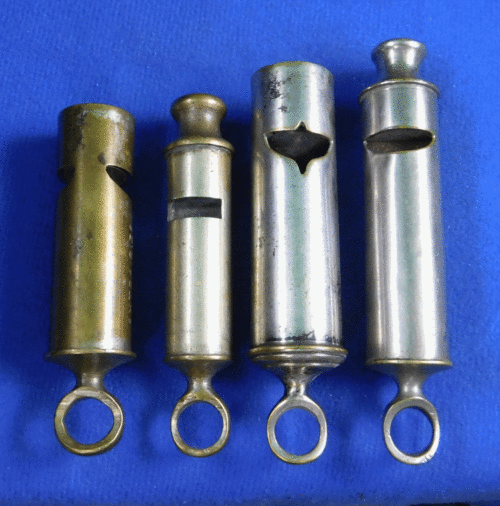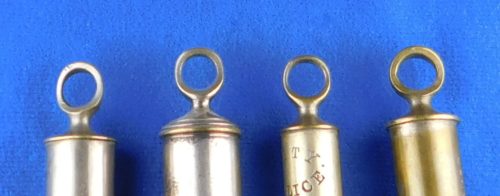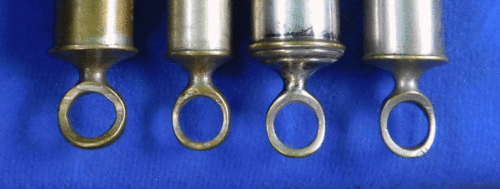Whistory:
The whistle research done by Martin Gilchrist and Simon Topman in Collecting Police Whistles and Similar Types ( 1998 ) named on pages 88 through 99 the subject of Identifying Manufacturers & Dating Whistles. This included the headings Body Stamps, Diaphragms and Tops, Body Seams, Mouthpieces, Windows and Partitions. This has proven to be indispensable as a reference book. Perhaps the best we can do to compliment it is to add to this reference work.
Past SPOTLIGHTS have dealt with subjects pertaining to these subjects ( i.e. # 34, 56, 80) In this SPOTLIGHT we will examine one facet of tops, cast tops to be specific. CPWs states on page 93 – The word ‘cast’ has also been used to include those tops turned out of a solid bar of metal. On page 94 pictures identify Coney tops (e) & (f) with the notation: ‘ Some rare whistles made by Barrall also have a similar top but these are easily distinguished from Coney by the body stamp. ‘
(e) is shorter rising from the cap, with the loop resting on the cap.
(f) is taller rising from the cap, floating above the cap.
Although helpful in identifying whistles it is also worthy of note what Martin states on page 93 – opening comments on caps. Although ‘particularly helpful’ ‘ many others are of limited assistance’ and can be ‘inconsistent’.
This SPOTLIGHT focuses on what has commonly been thought to be Coney tops. The features being: a tall standing loop and flattish cap, extending slightly past the tube body. Round whistles which have been associated with Coney are tenuous in identification and no whistles assumed to be Coney rounds are known with tops featuring loops. Indeed in UK whistles it is rare to find round whistles with loops at all ( only Hudson and Dowler are known currently ). One here will be presented from an earlier SPOTLIGHT needing revision, that we would be circumspect to assume Coney at this point.
Whistology:
The following four whistles are currently the only ones known with ‘Coney’ type tops. They are from left to right:
- Coney Extra size Central
- Barrall City Police
- Unknown round
- Unknown tube shaped
The 5th is a Coney’s Alarm ( regular size ) for comparison.
First is a comparison of the two Coney models, left large size with the extended neck we are focusing on right is the lower typical Coney top
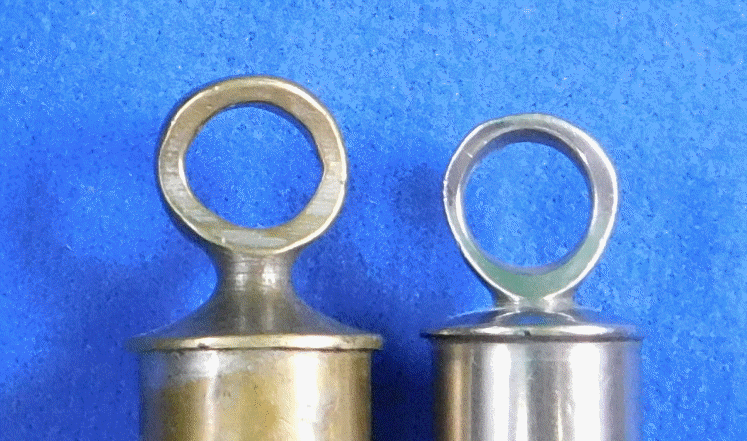
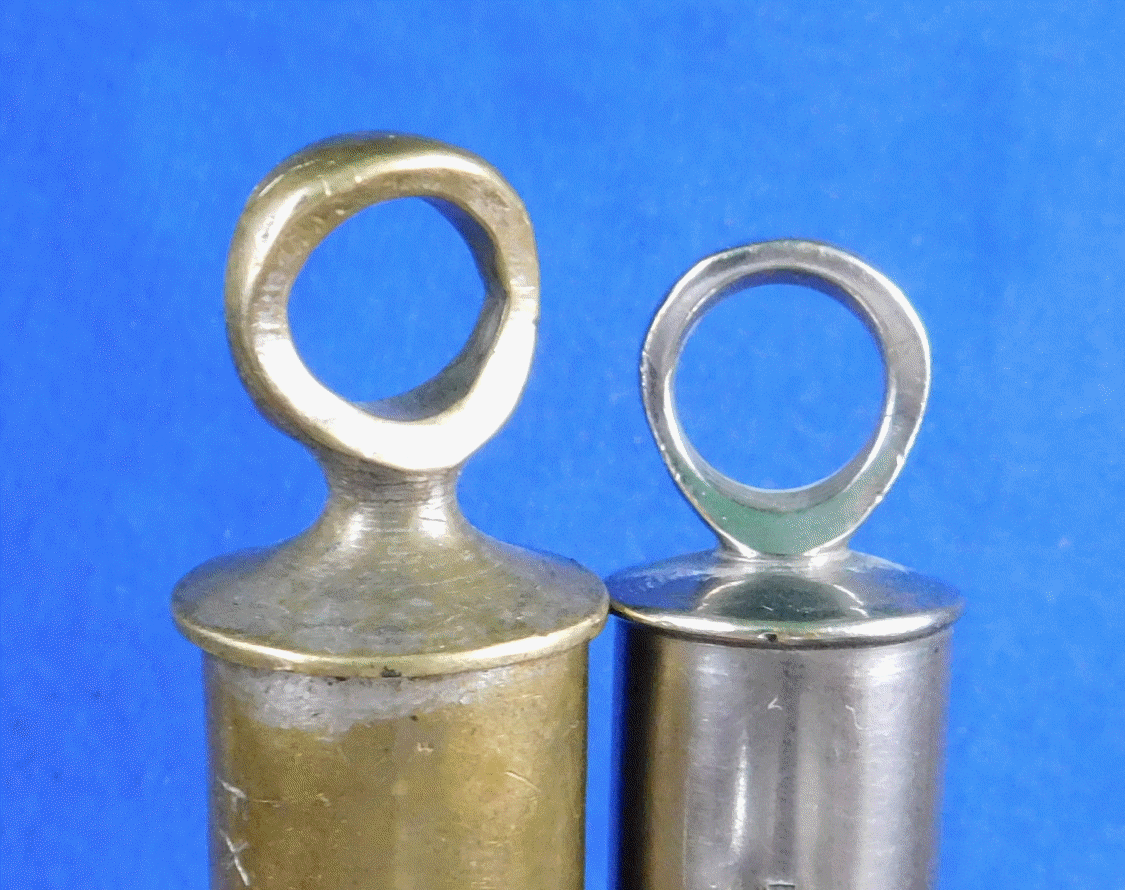
Next the four part comparison from a distance :
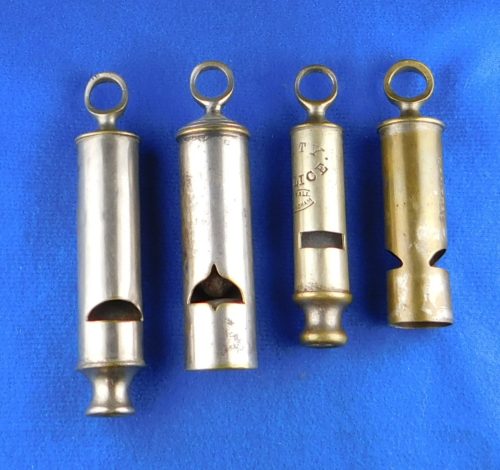
In researching whistles, identifying them by the tops might seem adequate, however closer studies prove that it is a gathering of information that either leads to substation or holding such in abeyance until such proof is established. First glance all appear to be Coney tops.
Obviously the Barrall is not. The middle large Coney was ‘assigned’ to Coney, but really isn’t substantiated to do so, so it must remain ‘possibly’ Coney, yet even this would be dubious presently.
For further examination they are presented upside down.
Note the differences in the loops and neck thicknesses.
The large round and the last tube shaped are very close in loop size, but very different on the top plate, quality of materials and neck thickness. The round was found in the UK and the tube shaped in Australia.
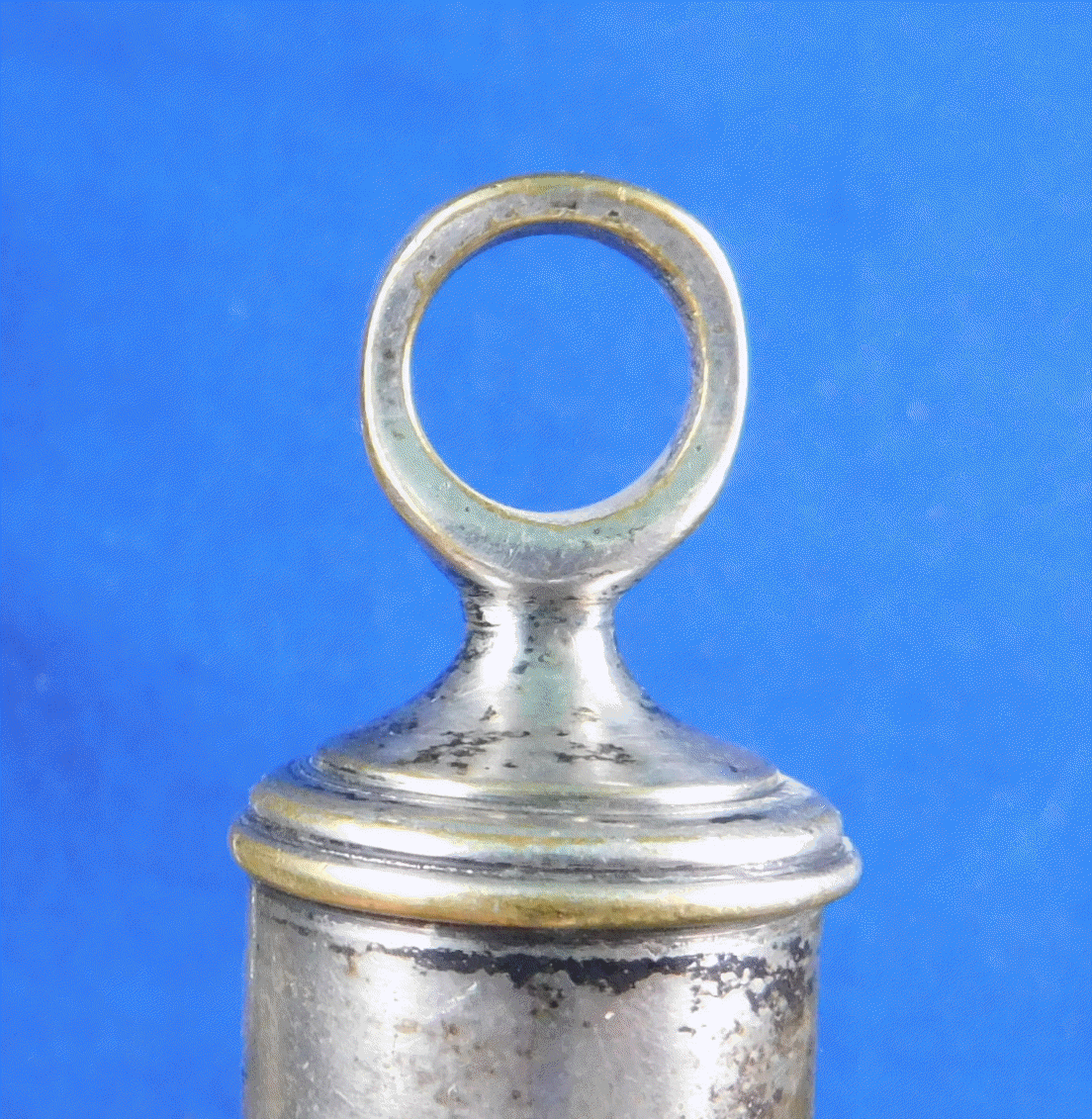
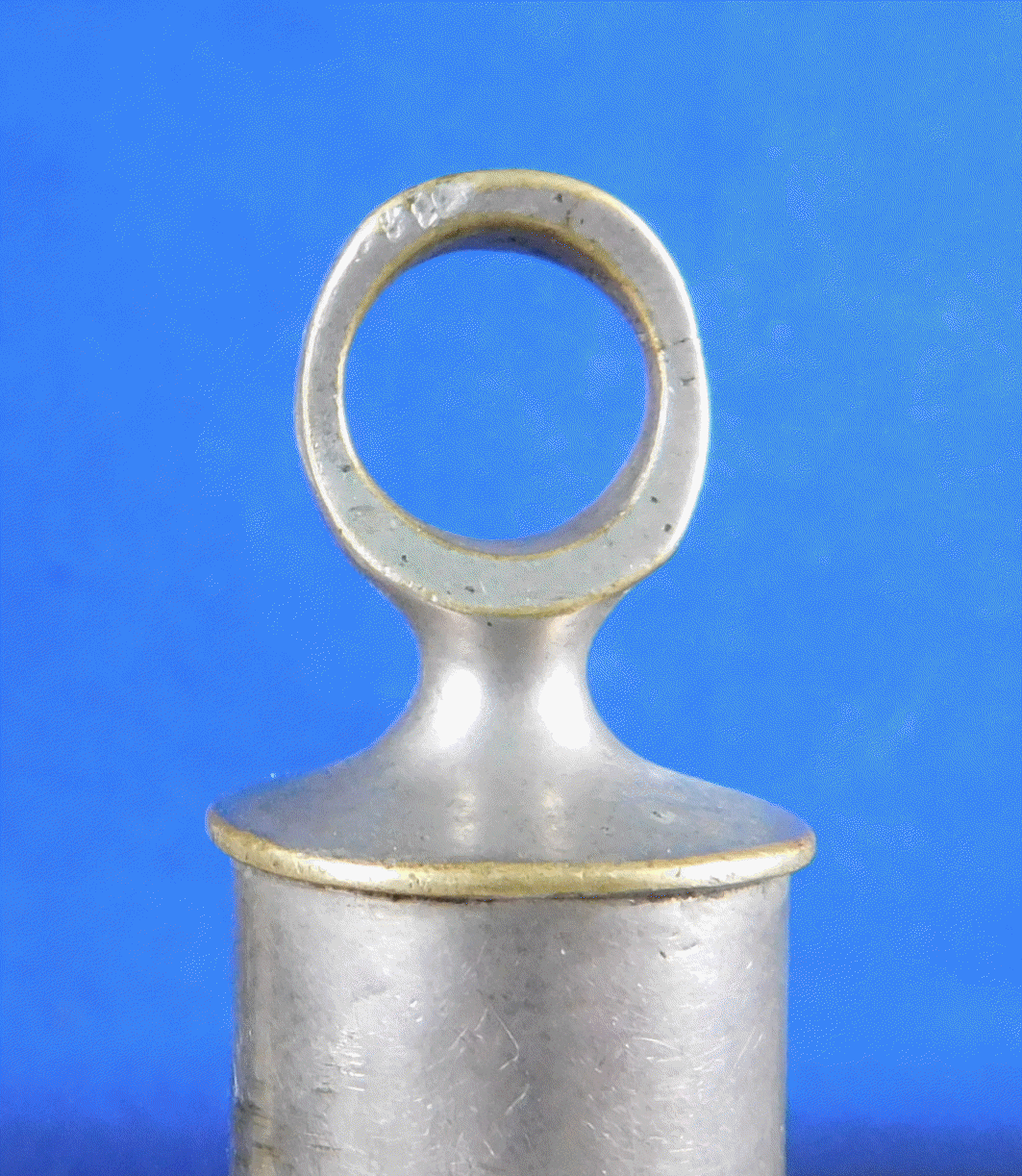
In the quest for accuracy of identification in whistle research every piece helps with comparisons, contrasts and recording.
Posted January 30, 2020
